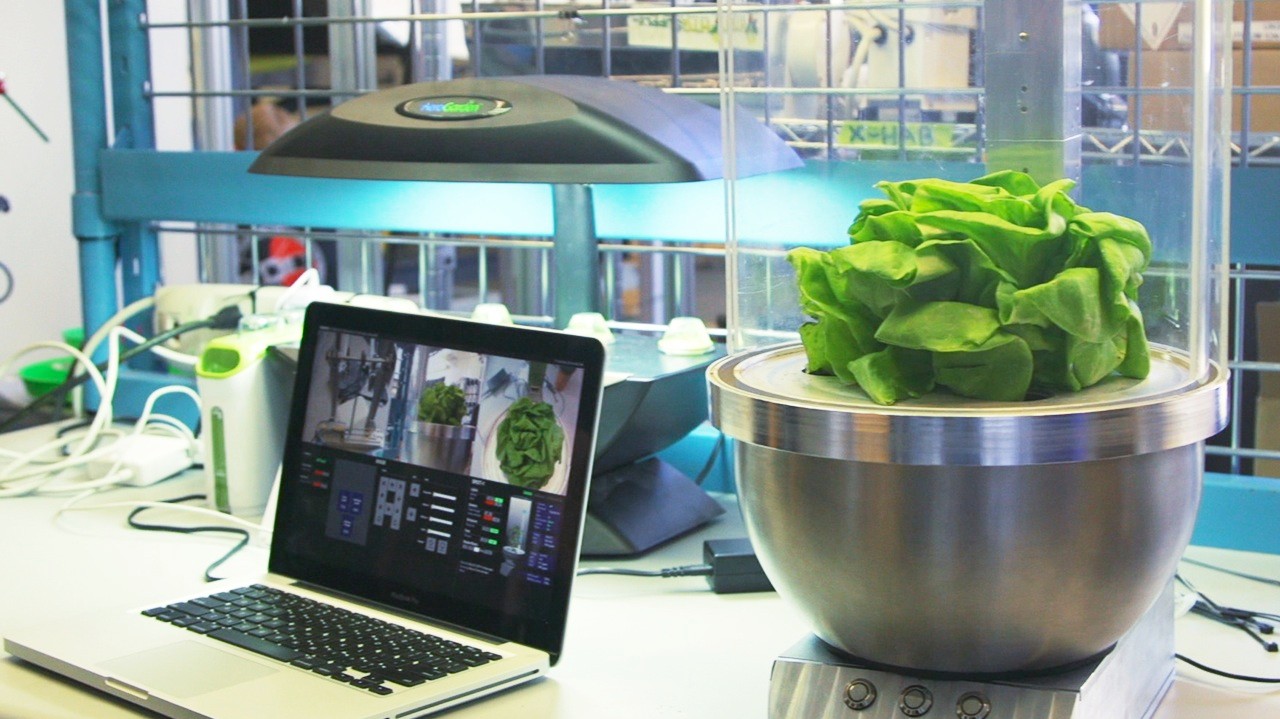NASA/Getty
Your chores list may not be all that different from an astronaut at the International Space Station (ISS), many of whom spend hours each week cleaning the walls to ensure mold doesn’t grow.Mold, a new study shows, is even more suited to space travel than we are. In a study presented at the 2019 Astrobiology Science Conference on Friday, researchers describe how they found that certain fungal spores can likely cling to the outside of spacecraft all the way to the moon or Mars, according to a news release.Researchers tested two common fungal genera— Penicillium and Aspergillus. Besides their ubiquity on earth, Aspergillus is one of the most common types of mold found onboard the ISS and the Russian Space Station. The researchers weren't immediately available for comment.A 180-day trip to Mars will only expose the spacecraft to about .7 gray, far under the threshold that these spores can take. While researchers haven’t tested the exact conditions of space (including extreme cold, low gravity, and vacuum), there is a possibility we could spread fungus throughout the solar system if we’re not careful.Besides dumping our mold problem on Mars, these fungal spores could present a human health risk. If astronauts are breathing in mold every day, they could develop infections or more serious lung diseases, especially if their immune system is weakened.Fungi in space aren’t just bad news, though. These incredibly complex creatures are more closely related to us than to plants or bacteria, and their resistance to radiation could be cause for celebration. Fungi have been used to create vitamins and bacteria— Penicillium, for example, gave the world penicillin, the first modern antibiotic—some of which could be invaluable on long space missions.
The researchers weren't immediately available for comment.A 180-day trip to Mars will only expose the spacecraft to about .7 gray, far under the threshold that these spores can take. While researchers haven’t tested the exact conditions of space (including extreme cold, low gravity, and vacuum), there is a possibility we could spread fungus throughout the solar system if we’re not careful.Besides dumping our mold problem on Mars, these fungal spores could present a human health risk. If astronauts are breathing in mold every day, they could develop infections or more serious lung diseases, especially if their immune system is weakened.Fungi in space aren’t just bad news, though. These incredibly complex creatures are more closely related to us than to plants or bacteria, and their resistance to radiation could be cause for celebration. Fungi have been used to create vitamins and bacteria— Penicillium, for example, gave the world penicillin, the first modern antibiotic—some of which could be invaluable on long space missions.
Advertisement
Researchers from the Institute of Aerospace Medicine at the German Aerospace Center shot the fungus with increasingly high levels of different types of radiation, according to the release, testing the role of DNA repair and pigmentation in spore survival. Our atmosphere protects us—and spacecraft close to Earth like the ISS—from most of this intense radiation, but space is pulsing with it.The spores did much better than a human could. Radiation exposure is measured in gray, a unit of measurement defined as how much energy something absorbs. Half a gray causes radiation sickness in humans, while five gray can kill you. These tiny fungal spores survived X-ray exposure up to 1000 gray, heavy ion exposure up to 500 gray, and UV light exposure up to 3000 joules per meter squared, according to a conference abstract that lists the methodology and results.If fungal spores can survive this kind of radiation, they can very likely survive on the outside of spacecraft, not just the inner walls that astronauts on the ISS so diligently scrub. Towing around these spores presents problems for other moons or planets, where we might leave our mold.
